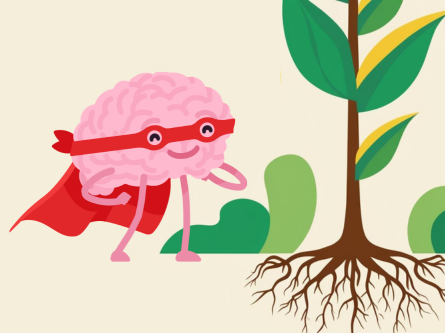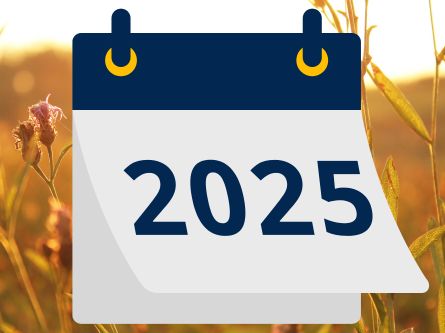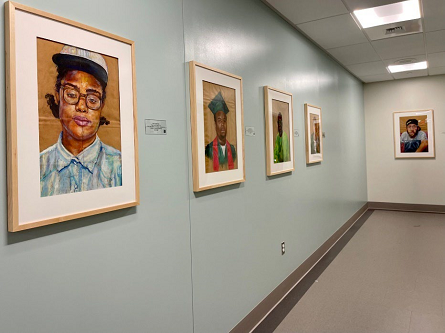By Lorena Garcia, M.P.H., Dr. P.H.
Professor, Department of Public Health Sciences, Division of Epidemiology
UC Davis School of Medicine
What is Health Literacy?
The Secretary’s Advisory Committee on National Health Promotion and Disease Prevention Objectives for 2030 proposed two definitions and notably stated, “As health literacy research and practice have accumulated, we now more fully understand that responsibility for health literacy extends beyond individuals to include the organizations and professionals who create and deliver health information and services.”
Personal health literacy is the degree to which individuals have the ability to find, understand, and use information and services to inform health-related decisions and actions for themselves and others.
The US is comprised of a diverse population with a continuous and historical migratory flow from countries around the world. Often, languages do not always have direct translations that may be used in health settings, for example medical terminology, procedures, and symptomatology. Translations may differ widely depending on who is doing the translation at the time of the health event or appointment.
Organizational health literacy is the degree to which organizations equitably enable individuals to find, understand, and use information and services to inform health-related decisions and actions for themselves and others.
Why is it important?
As a child, I often translated and communicated for my parents on their behalf. I am the daughter of parents who immigrated from Mexico to the US. Hence, I was fluent in both Spanish (my first language) and English. Simply, I would help my parents by scheduling appointments, communicating and following-up on health information with various health providers. As the eldest and a daughter, I was the communicator.
These and other experiences living in Mexico and in different states within the US have informed my understanding of how immigrant and indigent communities view and approach their health and interactions with health systems. Throughout my academic and professional career I have tried to be mindful and respectful of how immigrant and indigent communities view and approach health. In developing the undergraduate public health sciences minor at UC Davis, I made sure to incorporate STEM, health disparities, the social determinants of health, and equity in our program so that we could prepare students interested in the health professions to serve and provide communities with the best foundations in public health.
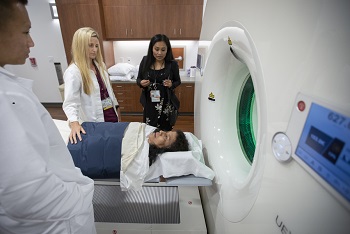
Translating can be a great responsibility for children, especially in cultures where the center point is the family/kin and every member, including children, is expected to contribute such as is the case with Latinos. Children will try their utmost to translate to the best of their ability, but they may not always be equipped to do so. In addition, in protecting their family/kin from outsiders, children may translate only what they believe anyone outside of their family/kin should be told; hence vital information that may be critical for the health care provider to know may be left out.
What can I do/How can I help?
In 2022, the National Academies of Sciences, Engineering and Medicine in the proceedings of a workshop on the “Adoption of Health Literacy Best Practices to Enhance Clinical Research and Community Participation: Proceedings of a Workshop in Brief” drew attention to the importance of health providers and health systems in providing equitable health literacy to their clinical trial participants.
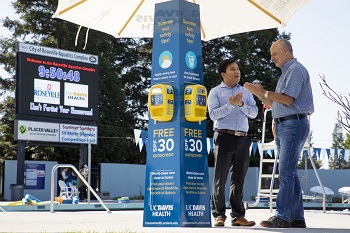
Dr. Barbara Bierer, of Harvard Medical School and Brigham and Women’s Hospital and Harvard noted that “it is not the responsibility of the person receiving the information to make sense of it. Rather, she said, it is the responsibility of those communicating the information to make sure they are understood and to keep trying until they are sure that the recipient of the information truly does understand and, further, that all of their questions have been answered.” At UCDHS I work side by side with a committed community of administrators, faculty, staff, and students who have been steadfast in pursuing the health literacy engagement and diversity , equity and inclusion focus with patient communities that Dr. Bierer speaks of. It has not been an easy endeavor and one not taken alone, but it has been a determined and continuous undertaking by teams and groups of individuals throughout the UCDHS. In my commitment to health equity, and especially for the underserved and underresourced communities, I realize the importance of the messenger. Dr. Silas D. Buchanan, from the Institute for eHealth Equity notes the importance of trusted messengers and health literacy, but also that “the messenger is sometimes more important than the message and added that health literacy can be used to “arm” messengers with the right tools so they can impart the knowledge to the community in an effective manner.”
As I reflect on my experiences during my childhood with my Spanish speaking immigrant parents and their health needs to the present time as a Latina Professor at a School of Medicine, I realize that health literacy is dynamic and will change along with our diverse patient communities. However, there are key points that are consistent with regards to patient and provider health literacy needs that include mutual respect and mindfulness.
Dr. Elizabeth Cahn, from the Multi-Regional Clinical Trials Center of Brigham and Women’s Hospital and Harvard, included tips for providers and researchers for communicating with patients and research participants, included below are an edited list:
- Slow down. This is necessary both because the information is likely to be new to the patient but also be-because it might be emotionally fraught (such as would be the case with a cancer diagnosis).
- Speak up and speak clearly. Older patients may be deaf or hard of hearing, and even with good hearing aids they may need speech to be louder. She noted that volume may be an especially big challenge today, given that most clinicians are wearing masks because of the COVID-19 pandemic.
- Face the person you are addressing. She says that doing so may help a clinician to “orient their humanity to the other person’s humanity.” “How is it that I can philosophically and emotionally recognize the human reality of that person, the human rights of that person, and help them with what might be an uncomfortable situation or even a crisis that they are dealing with?” she said.
- Convey information in chunks. Cahn advises that physicians do so because patients cannot take every piece of relevant information in at one time. One problem with research and health care consent documents is that they contain an enormous amount of information in a format that the average person is not prepared to assimilate. Given that fact, the person managing the consent process should be responsible for organizing information in consumable chunks; they should be prepared to repeat it as many times as necessary until the person can repeat it back and demonstrate they comprehend the information.
- Use trained clinical trial navigators. Through her involvement with the Multi-Regional Clinical Trials Center, she has learned the importance of having such navigators for helping people to both enroll in and stay in trials. Clinical trial navigators give patients someone to talk to and ask questions of as they proceed through a clinical trial. She acknowledged that in a perfect world, patients would be able to ask questions of their oncologist or primary physician, but that is not practical in today’s medical system. Given time and access constraints, trained clinical trial navigators can fill that role.
- Provide clear trial summaries. Cahn also commented on how summaries could be made more comprehensible. To illustrate the problem, she recounted how she recently looked at her mother’s most recent clinical trial document. Her mother has had nine lines of treatment and been in four clinical trials over the past 30 years. The most recent document was 31 pages long, but it had what she said was a nice two-and-a-half-page summary at the beginning of the document. From this, Cahn concluded that a visual separation between the summary and the long, detailed description of the trial would be helpful to signal to the reader that the following discussion was something they could read at a later time. In addition to a brief summary, Cahn said she would like to see trial summaries include consistent presentation of a calendar that looks like a real calendar, not just a written list of when the person will have to give blood or receive an injection or scan.
Resources and references
- Healthy People 2030
- Health Literacy in Healthy People 2030
- National Academies of Sciences, Engineering, and Medicine 2022. Adoption of Health Literacy Best Practices to Enhance Clinical Research and Community Participation: Proceedings of a Workshop in Brief. Washington, DC: The National Academies Press. https://doi.org/10.17226/26506.


